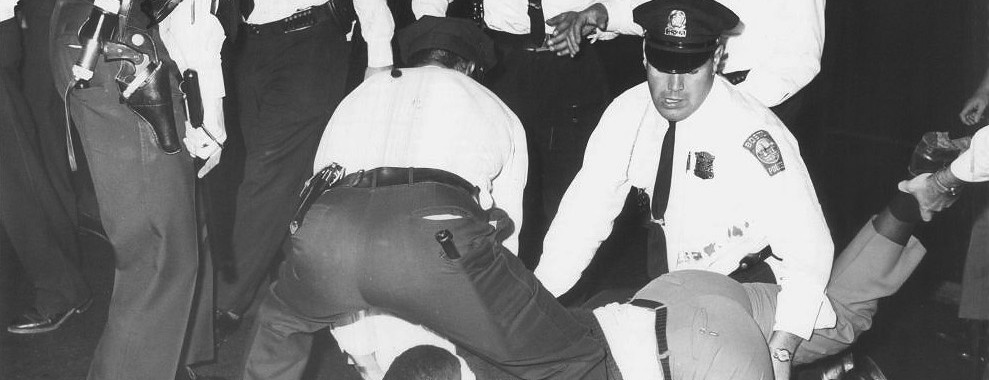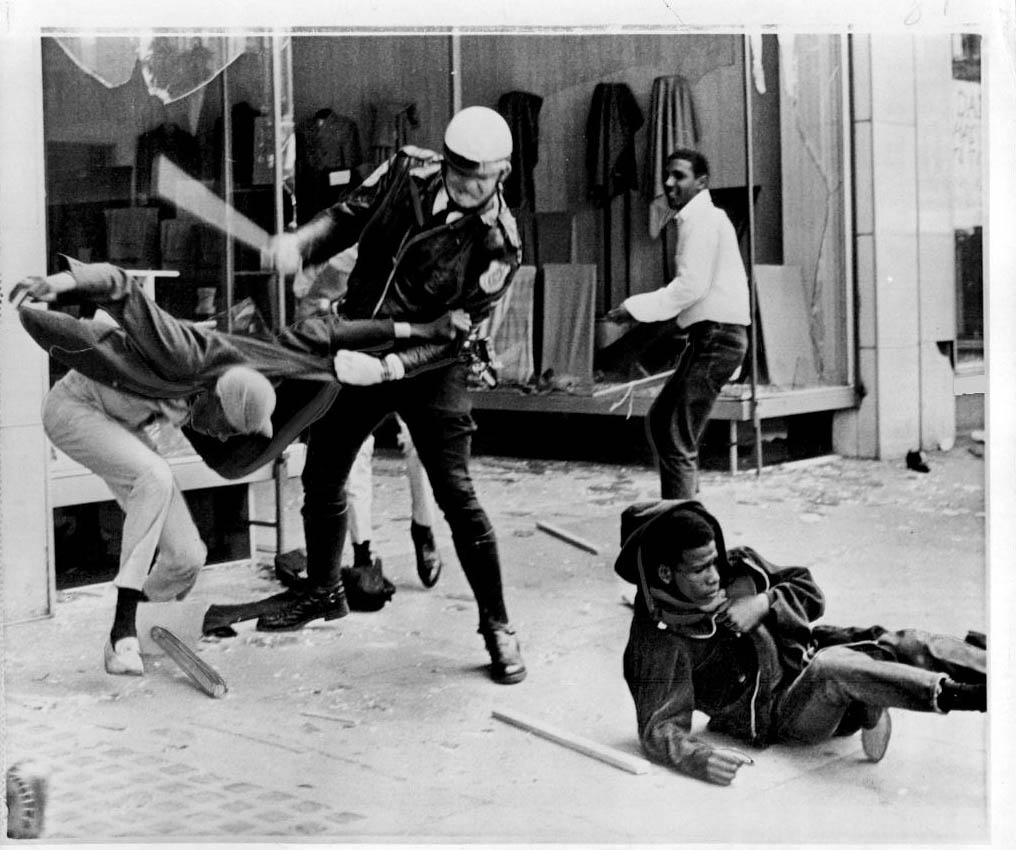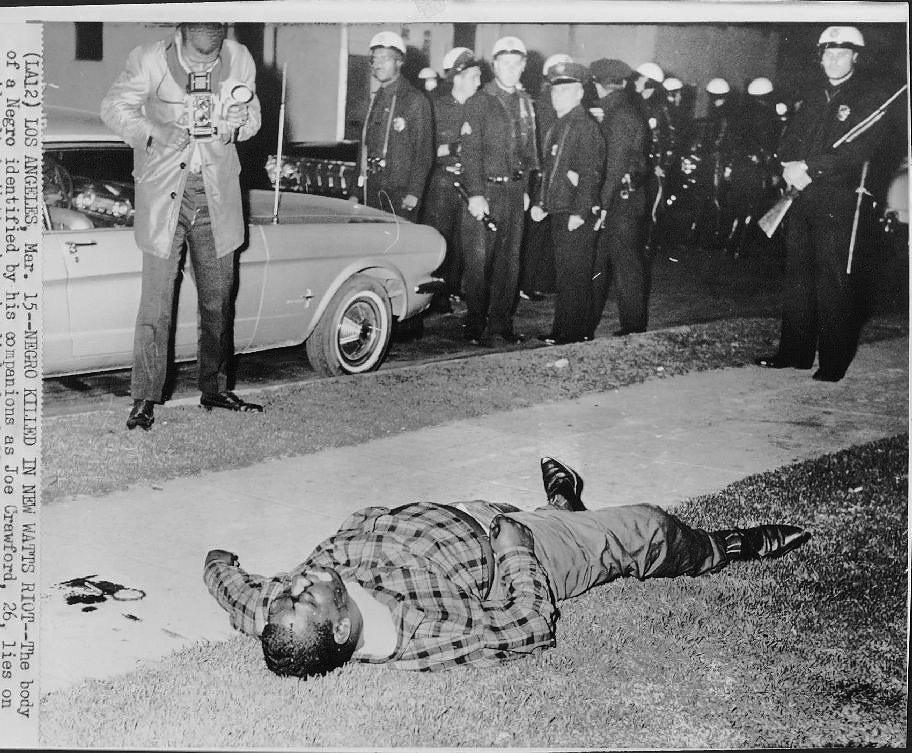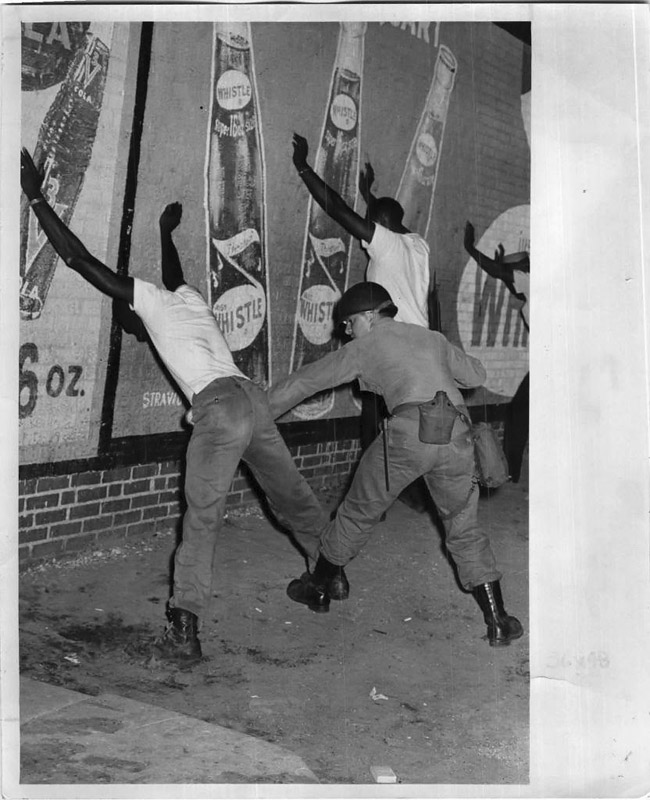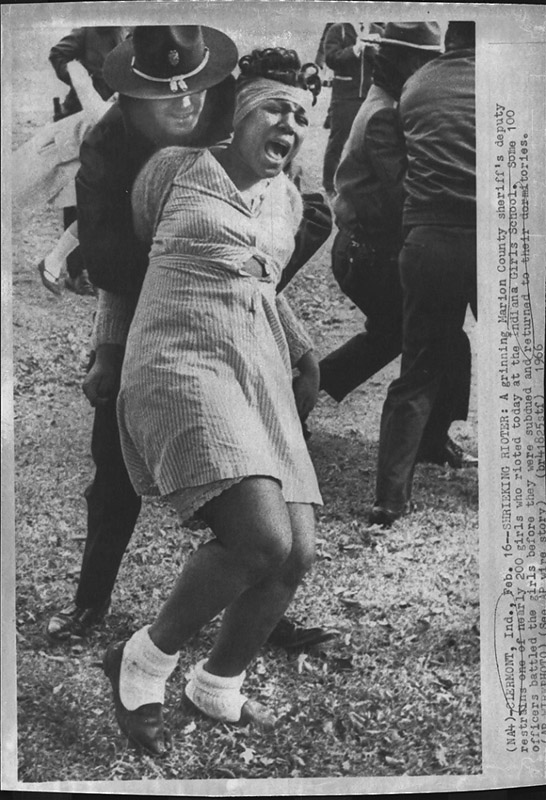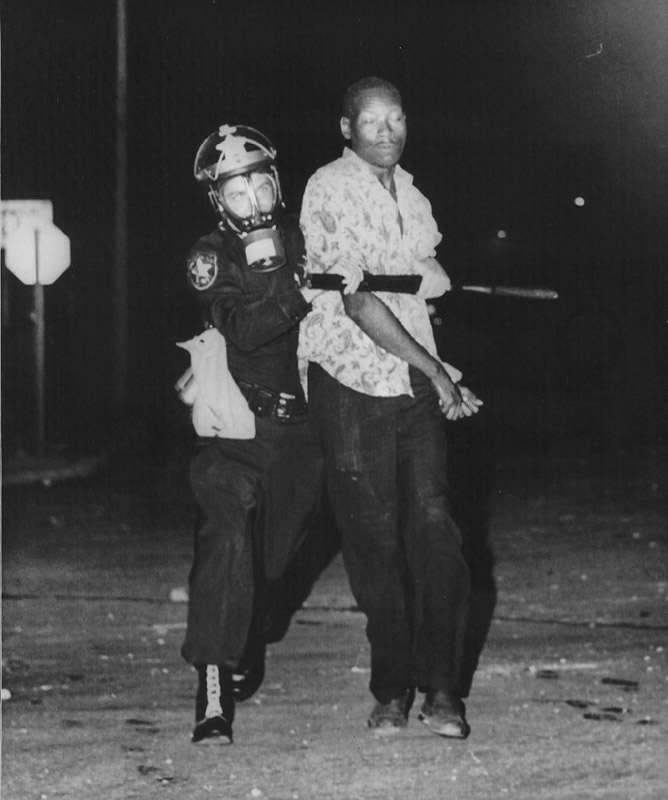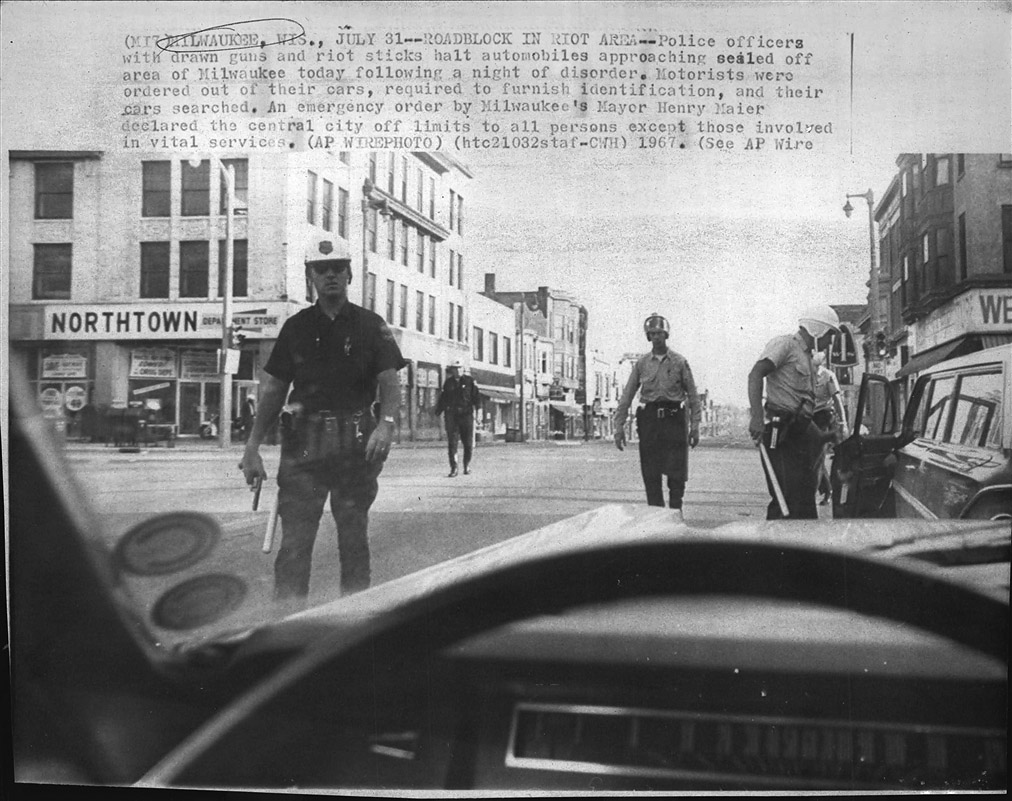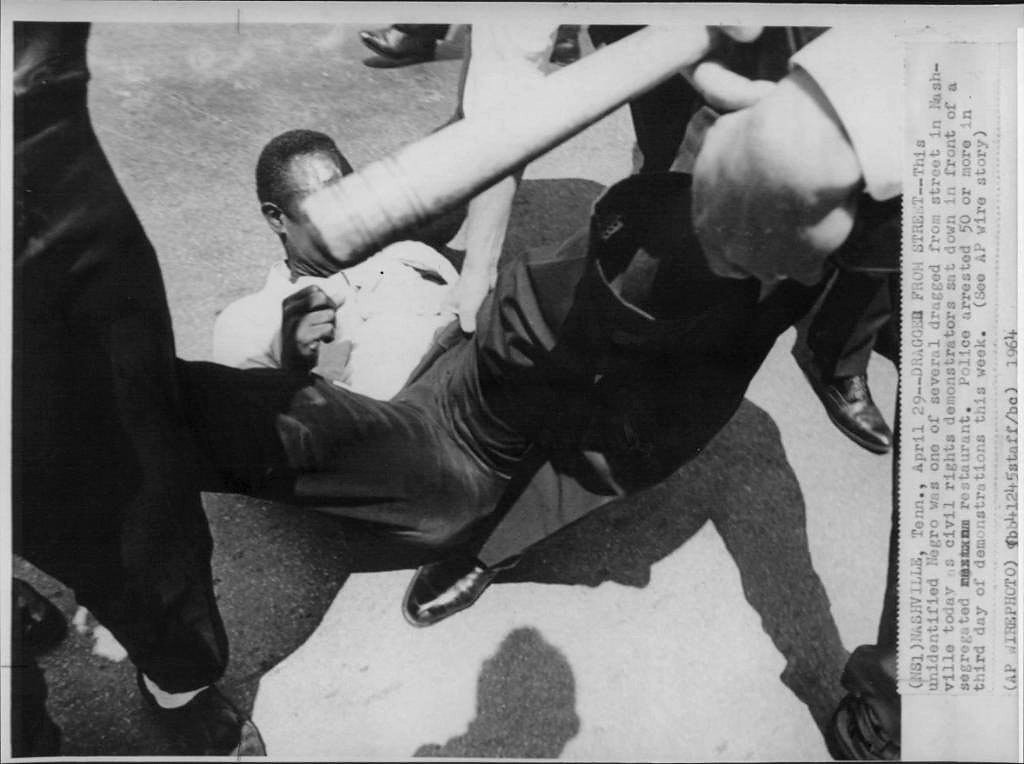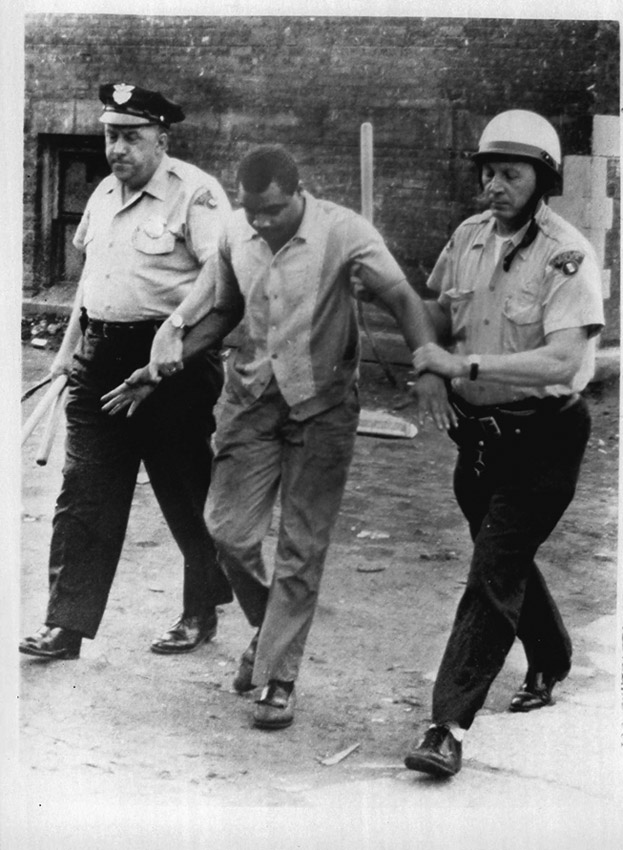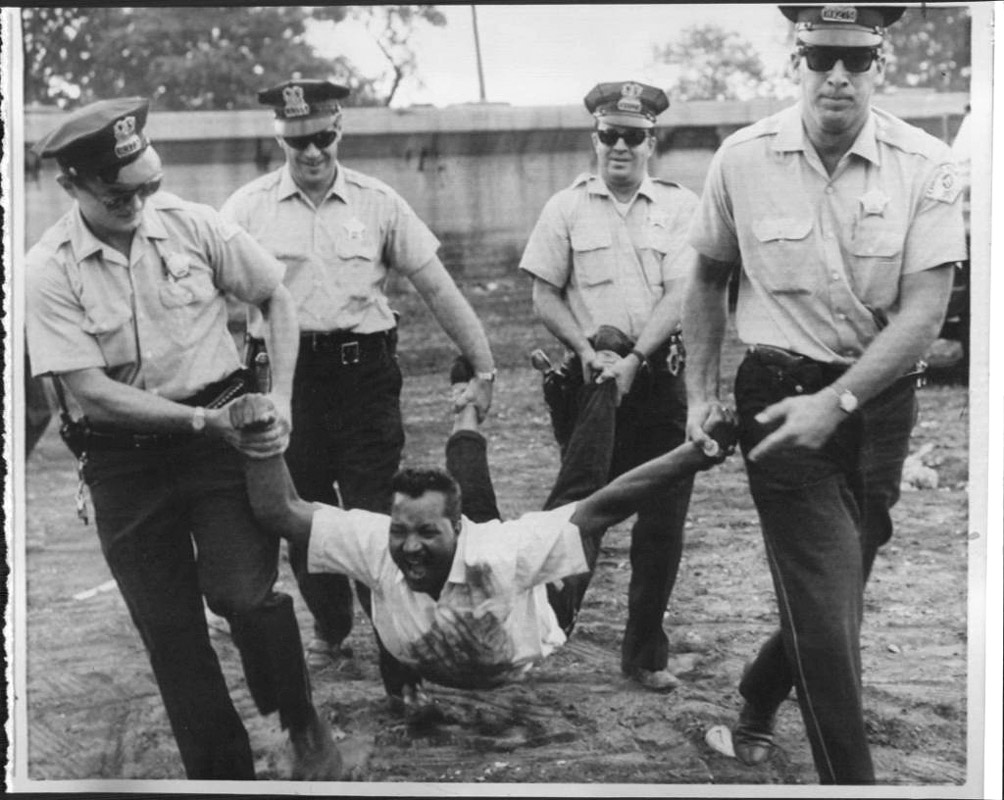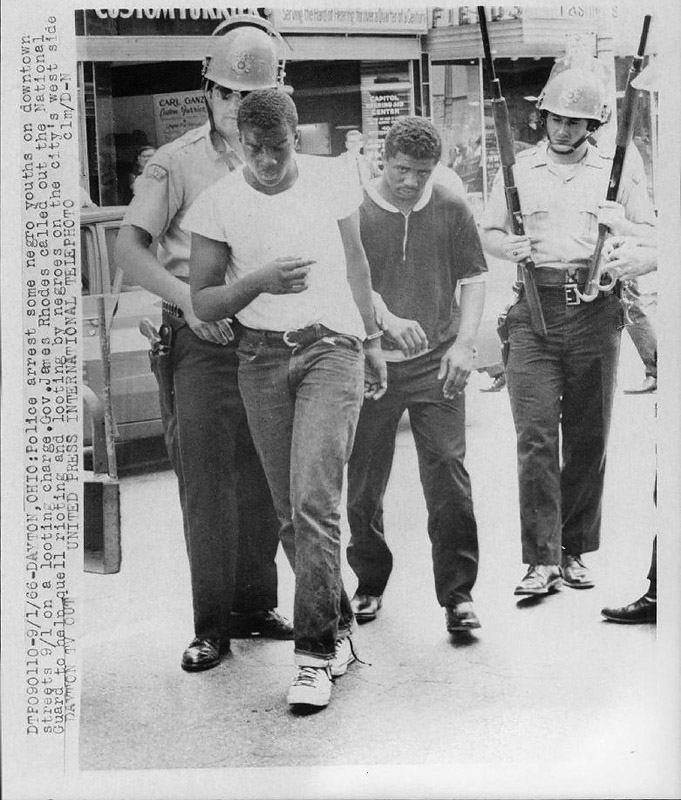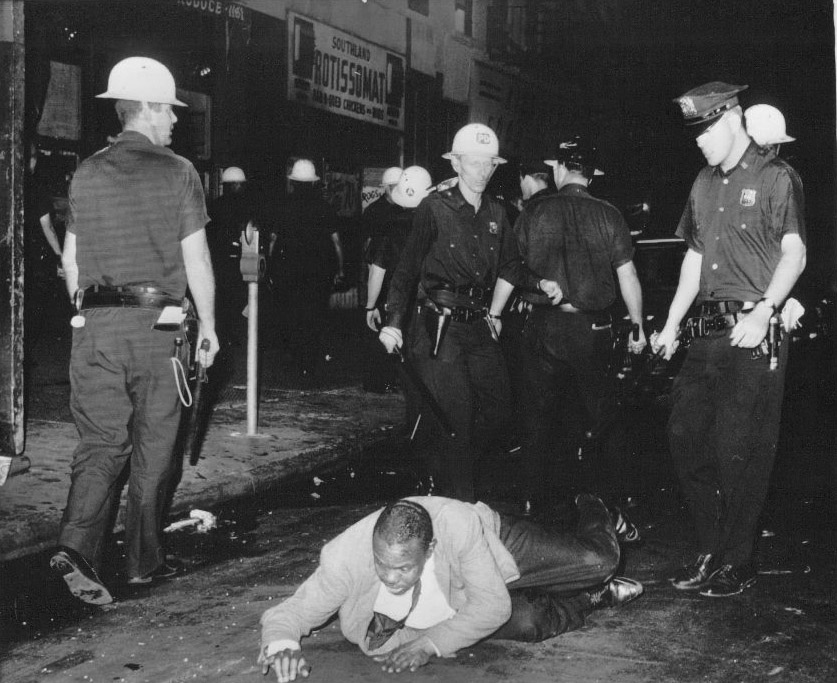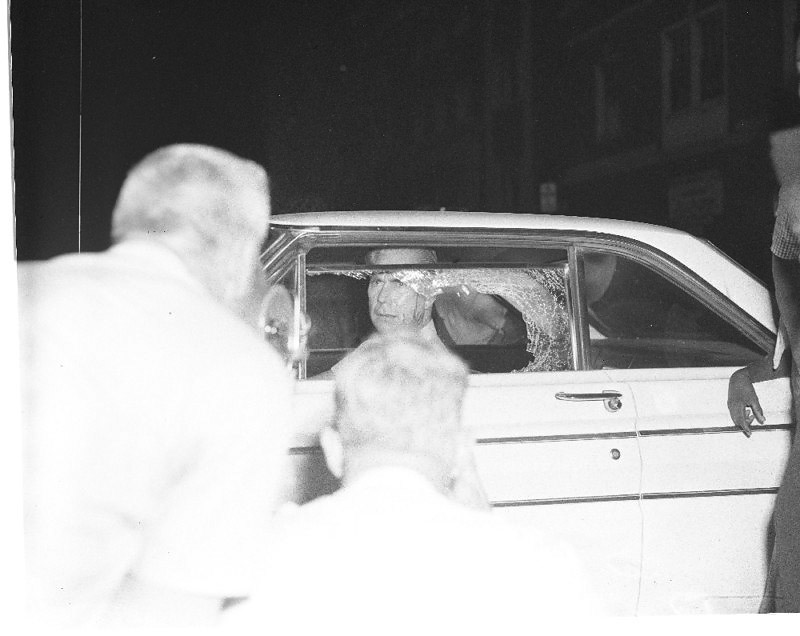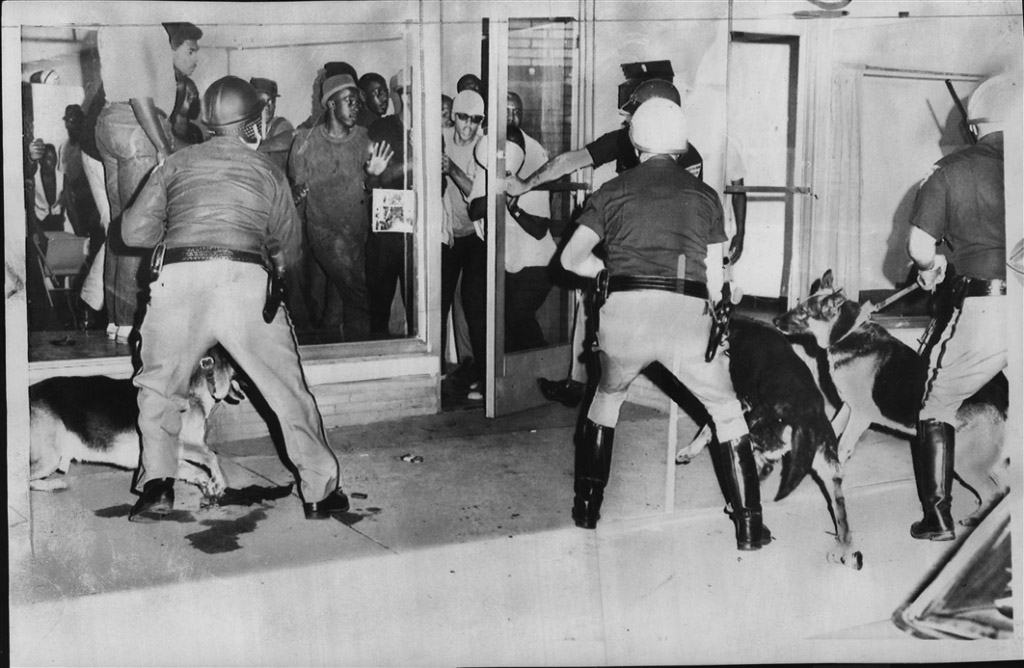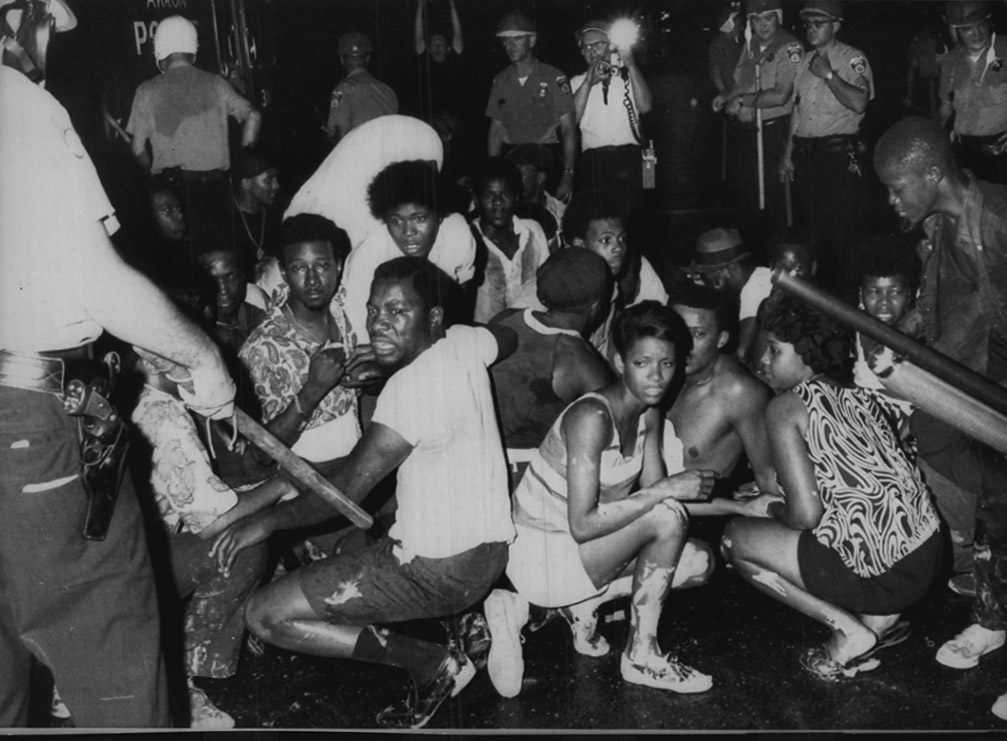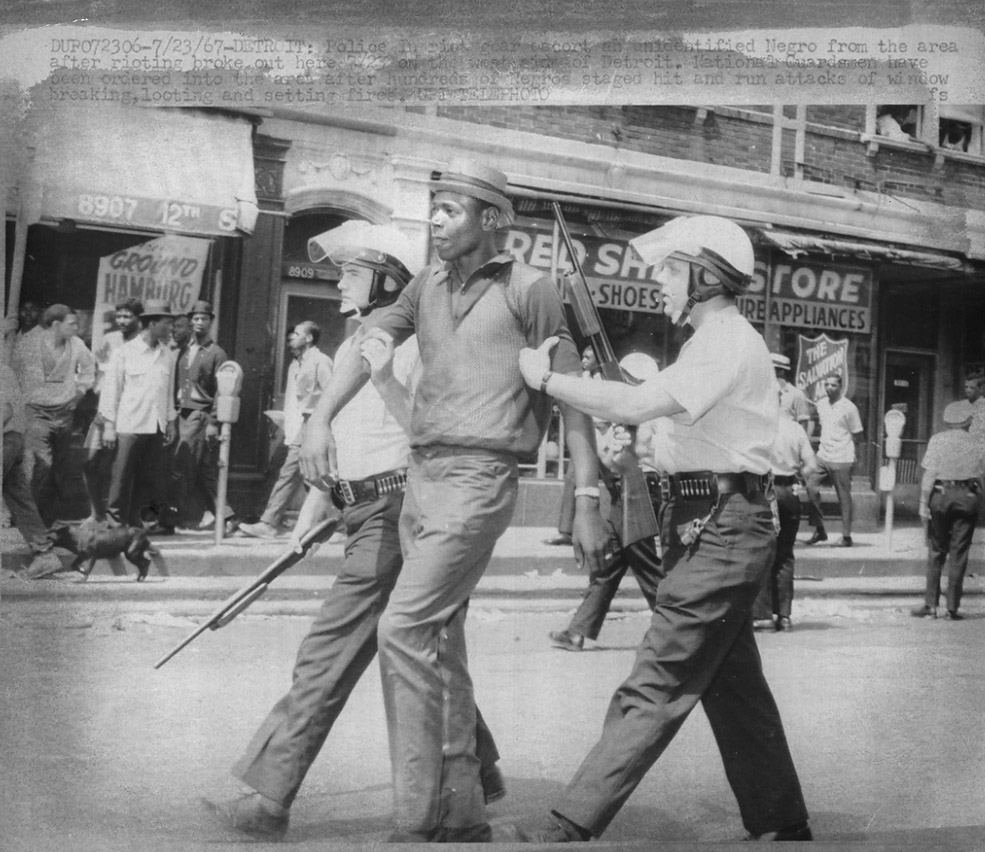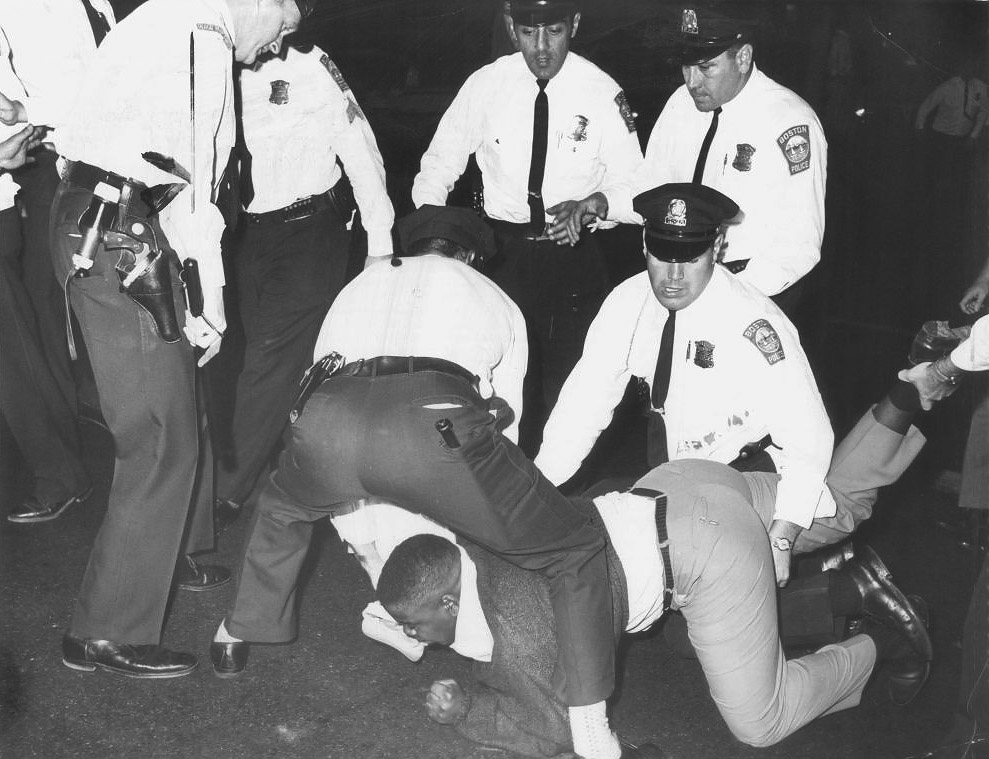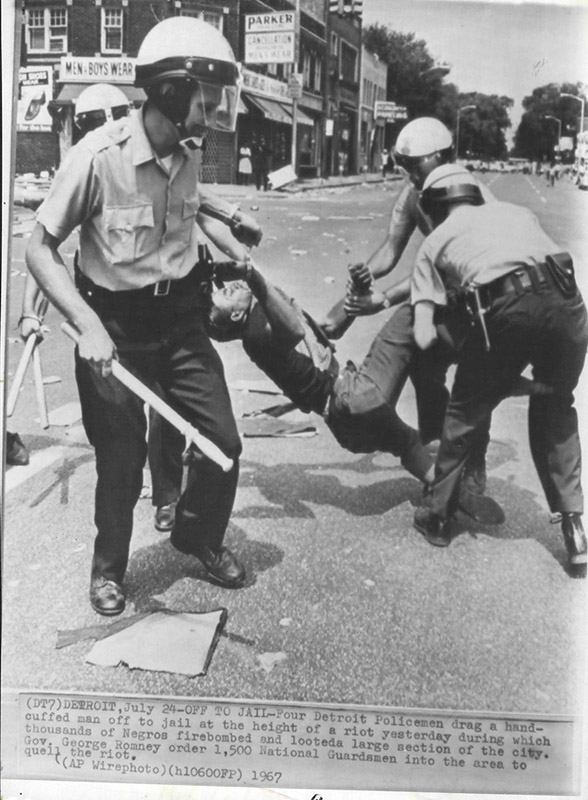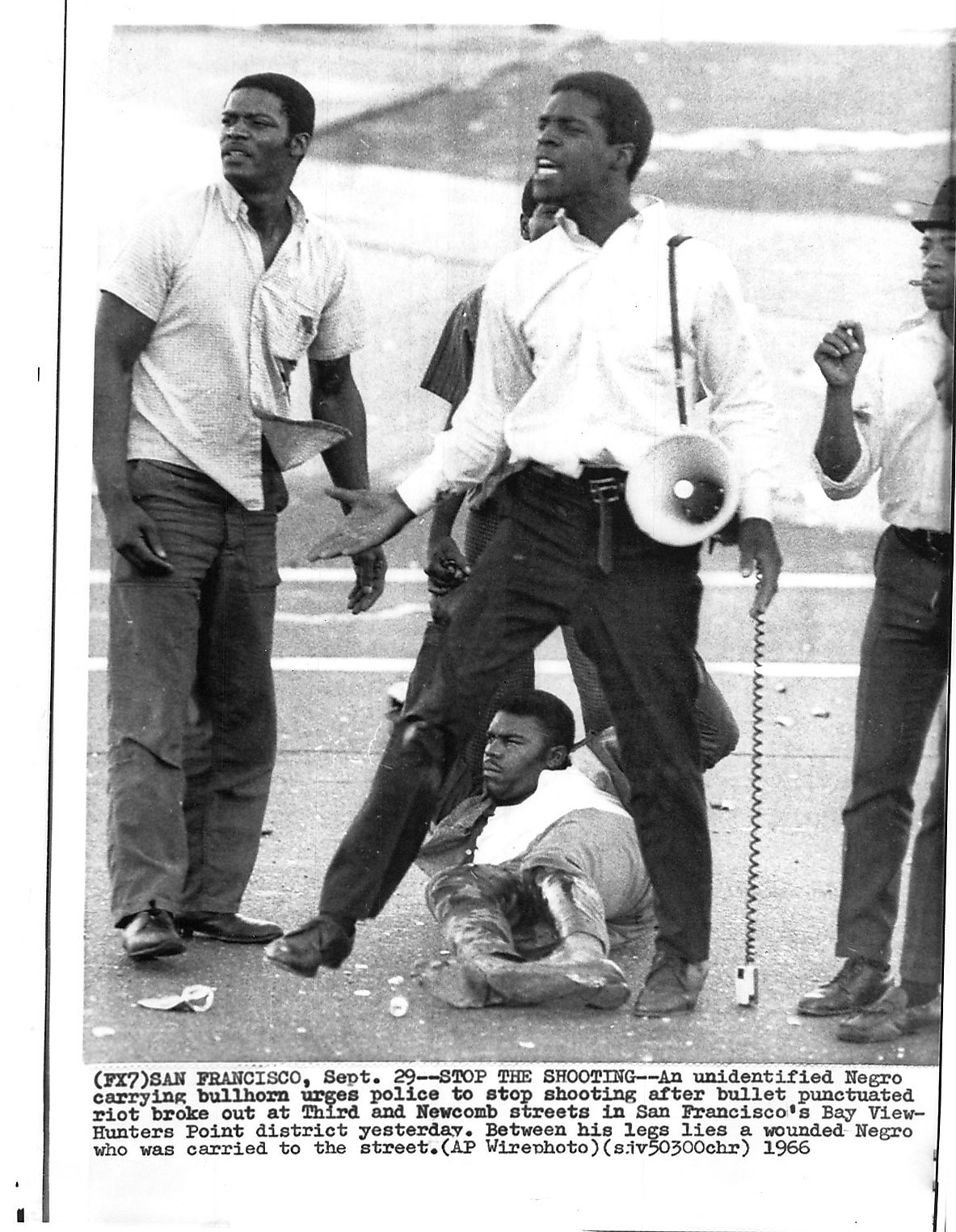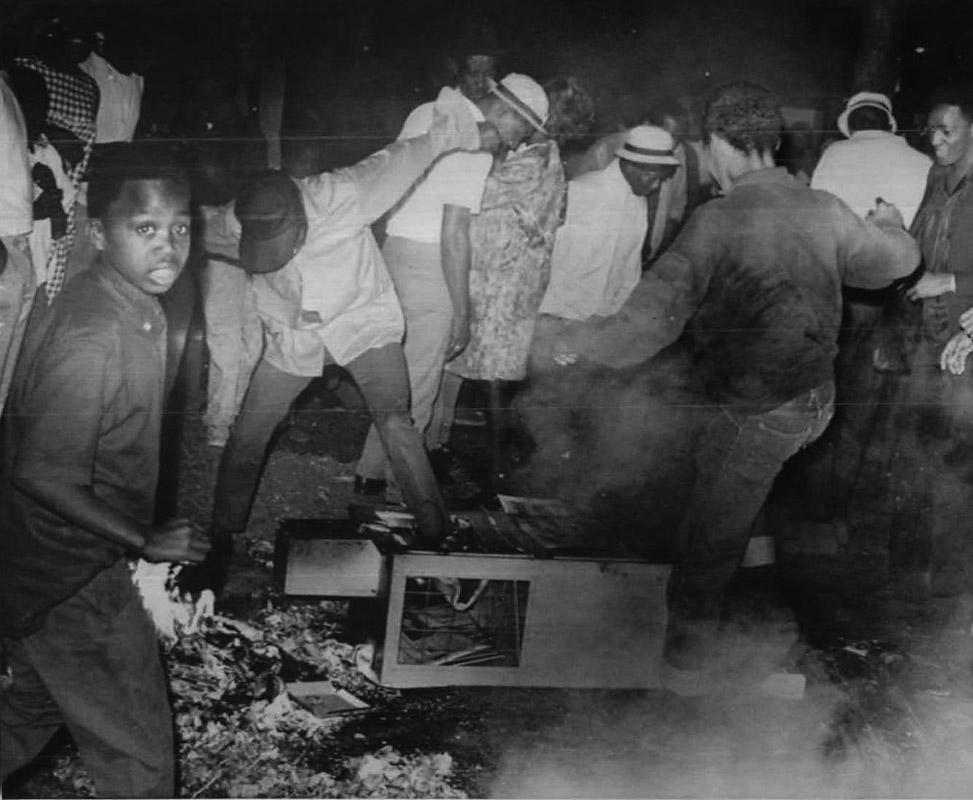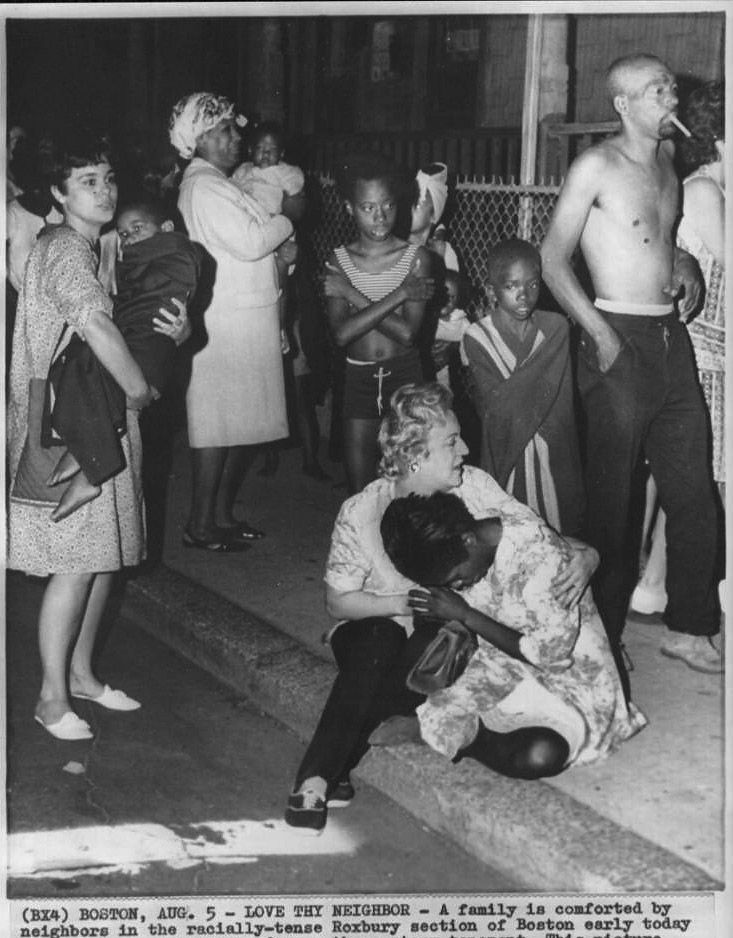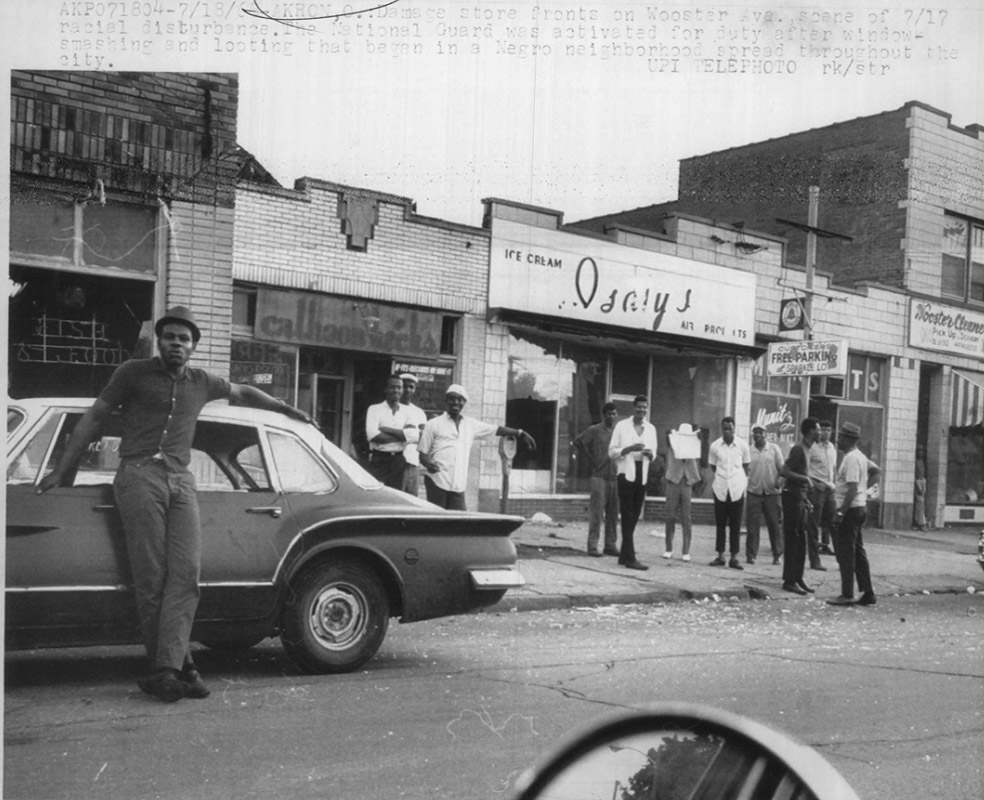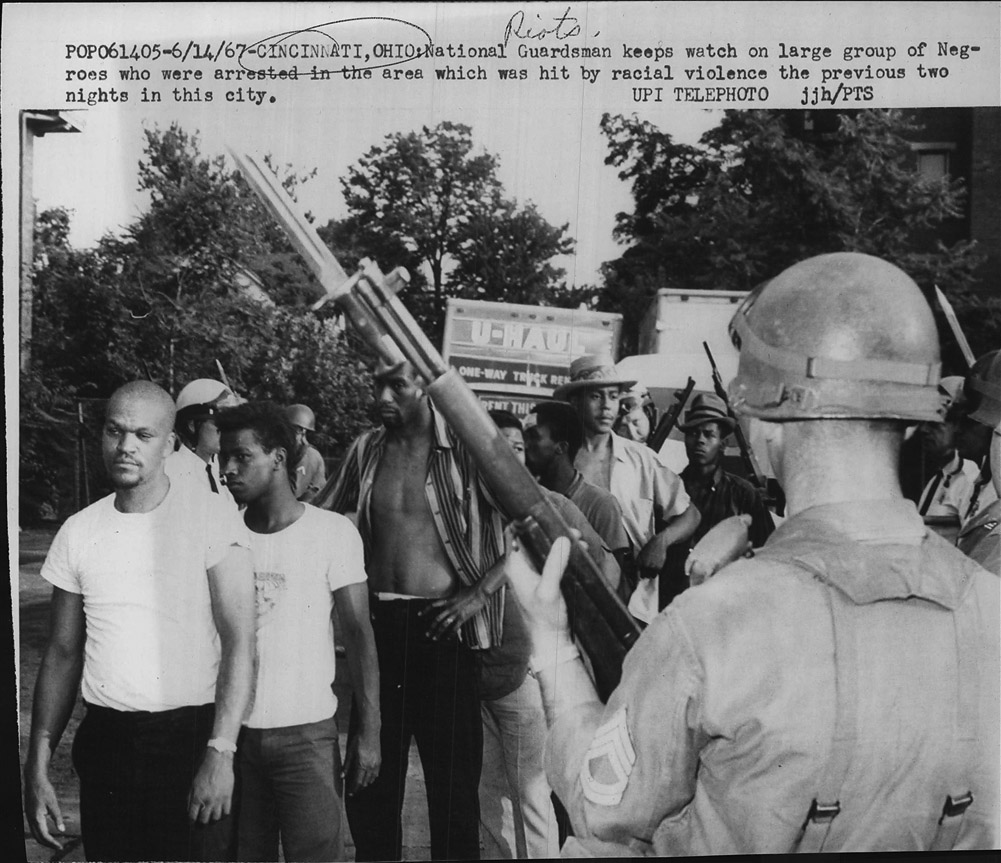In the early 1960s, African Americans in cities nationwide were growing frustrated with the high level of poverty in their communities. Since the years immediately following World War II (1939–45), middle-class white Americans had been leaving the cities for nearby suburbs. Businesses that had once provided jobs and tax funding in the cities were leaving as well. At the same time, more than three million job-seeking African Americans moved from the South to the cities of the North and West. Increasingly, the downtowns of large cities became home to lower-income minorities, many of them southern blacks. Unemployment among African Americans was well above the national average, and one-half of all black Americans lived below the poverty line (as opposed to one-fifth of whites). Not surprisingly, tensions ran high in black communities.
The 1960s saw the most serious and widespread series of race riots in the history of the United States. Major riots occurred in Birmingham, Alabama , in 1963; New York City in 1964; Watts in Los Angeles, California , in 1965; and Chicago, Illinois , in 1966. In 1967, alone, Tampa, Florida ; Cincinnati, Ohio ; Atlanta, Georgia ; Newark, Plainfield, and New Brunswick, New Jersey ; and Detroit, Michigan , all had riots. Riots erupted in more than 110 U.S. cities on April 4, 1968, the night civil rights leader Martin Luther King Jr. (1929–1968) was assassinated.
